From acai bowls on Instagram to kale smoothies in health cafés, “superfoods” have taken the wellness world by storm. The term sounds exciting — foods so packed with nutrients that they seem almost magical. But do they really deserve the hype, or are they just another health trend?
In this article, we’ll break down what superfoods are, the real benefits they offer, and how to include them in your diet without falling into marketing traps.
The Science Behind Superfoods
Superfoods aren’t a scientific category but rather a term used to describe foods rich in nutrients that provide significant health benefits. These foods often contain high levels of antioxidants, vitamins, minerals, fiber, and healthy fats.
Popular examples include:
Berries (blueberries, acai, goji): Rich in antioxidants that protect against aging and disease.
Leafy greens (kale, spinach): Packed with vitamins A, C, K, and iron for strong immunity and bone health.
Quinoa: A complete plant-based protein with all essential amino acids.
Chia seeds & flaxseeds: High in omega-3 fatty acids, fiber, and protein.
Salmon: Loaded with heart-healthy omega-3s and lean protein.
These foods are nutrient-dense, meaning you get more benefits per calorie compared to processed or less nutrient-rich foods.
Benefits You Can Actually Expect
Superfoods aren’t a magic bullet, but they do offer real, proven advantages:
Energy Boost: Whole, nutrient-packed foods release energy slowly, helping you feel fuller and more energized throughout the day.
Stronger Immunity: Antioxidants, vitamins, and minerals help your body fight off infections and reduce inflammation.
Brain Health: Foods like walnuts, salmon, and blueberries have been linked to sharper memory and better focus.
Digestive Wellness: High-fiber superfoods like oats, chia seeds, and beans support healthy digestion and gut balance.
Myths vs. Facts
While superfoods are beneficial, it’s important to separate marketing from science:
Myth: Eating superfoods alone will make you healthy.
Fact: No single food can compensate for an unbalanced diet — variety and moderation are key.
Myth: Exotic superfoods are always better.
Fact: Everyday foods like apples, carrots, beans, and oats are just as powerful (and often cheaper).
How to Add Superfoods Into Your Diet
The good news? You don’t need to spend a fortune on trendy powders or imported fruits. Here’s how to keep it simple:
Breakfast: Add chia seeds to your oatmeal or smoothie.
Snacks: Swap chips for a handful of almonds or berries.
Lunch/Dinner: Replace white rice with quinoa or add kale/spinach to your salads.
Desserts: Try dark chocolate (70%+ cocoa) for antioxidants and a guilt-free treat.
Affordable superfood swaps:
Kale → Cabbage
Blueberries → Oranges
Quinoa → Brown rice or millet
Superfoods are real, but they’re not magical. They can enhance your diet and provide valuable nutrients, but long-term health still comes from balance, variety, and consistency. Instead of chasing the next food trend, focus on building a colorful, whole-food-based diet — because true wellness isn’t about one ingredient, it’s about the bigger picture.










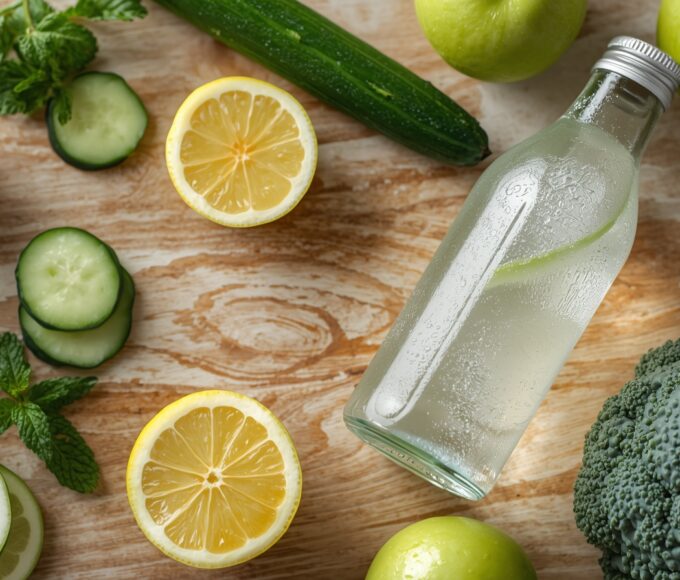
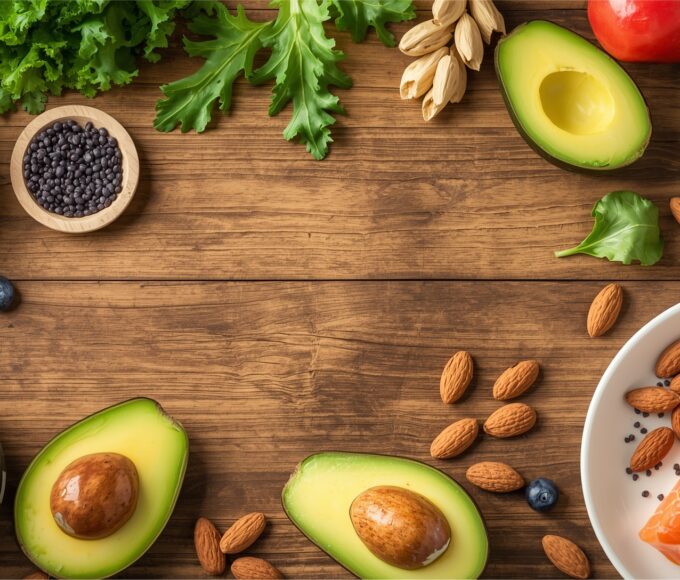
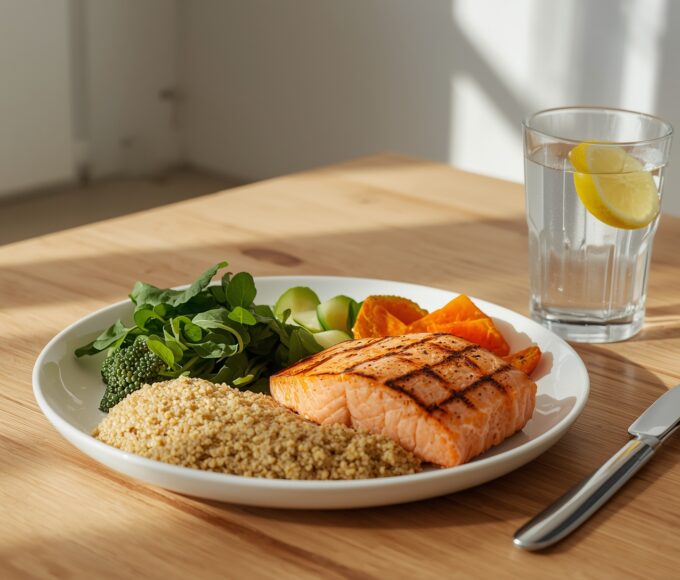
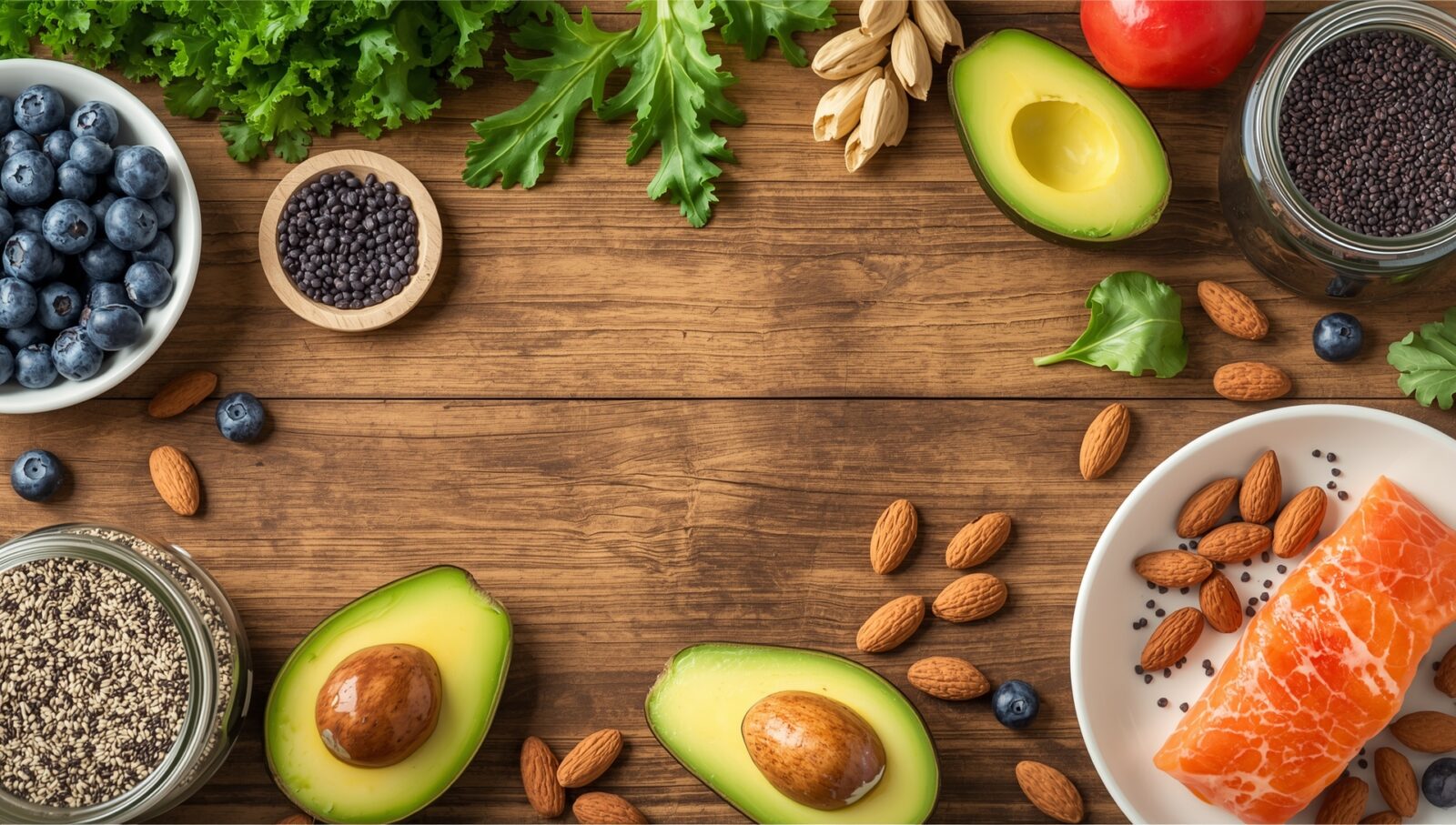
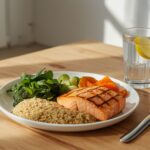



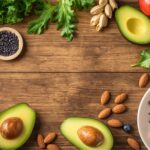
Leave a comment